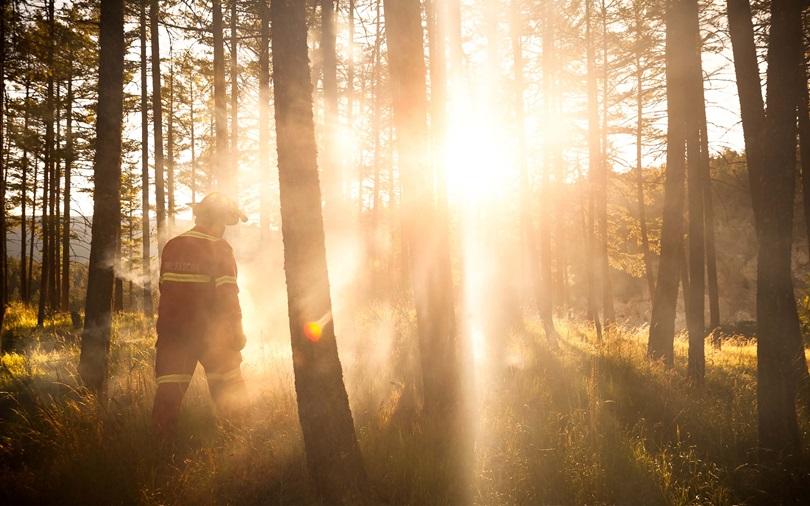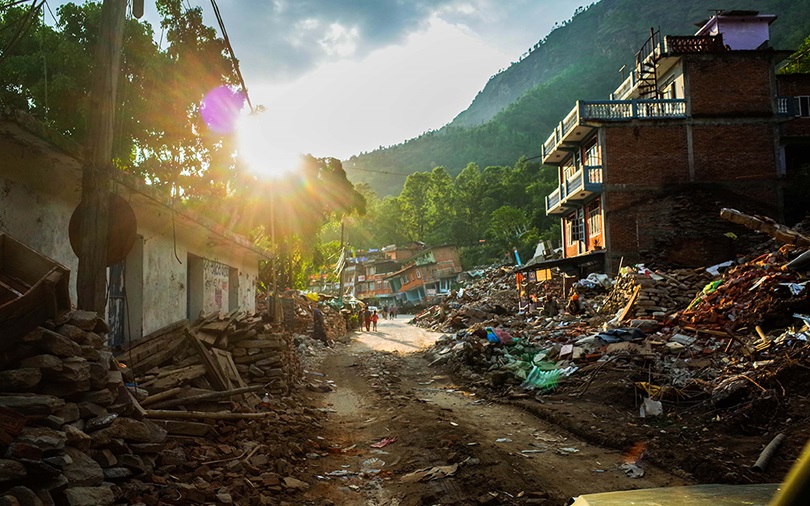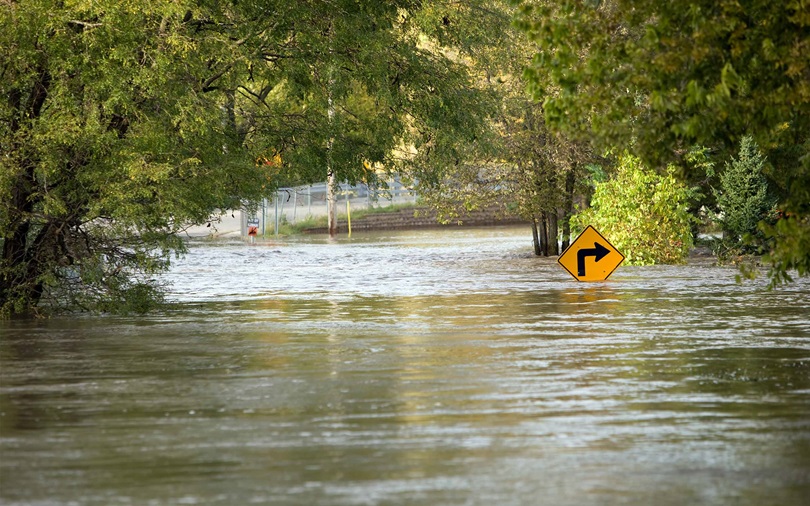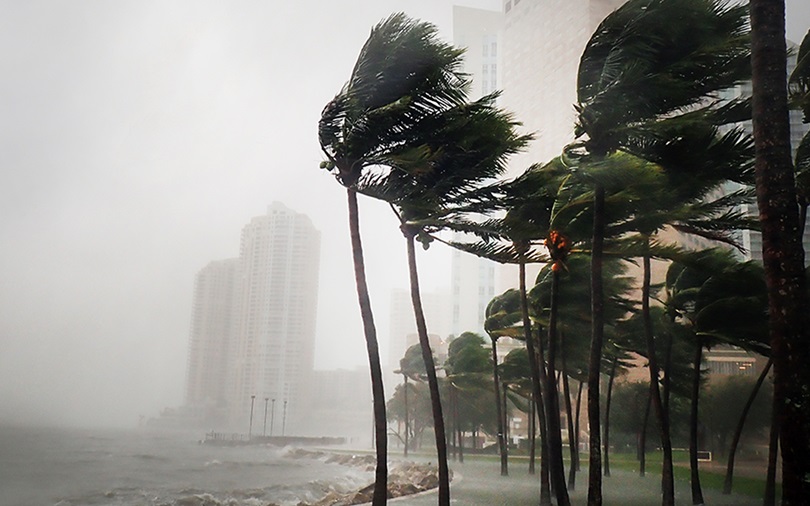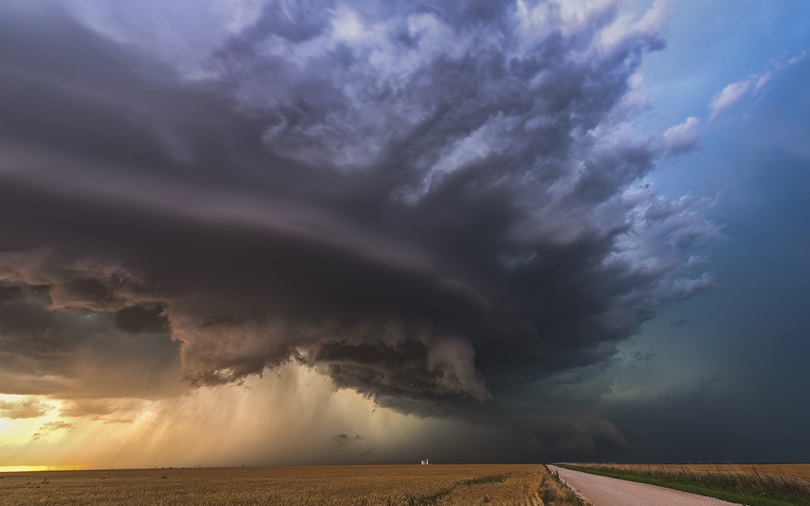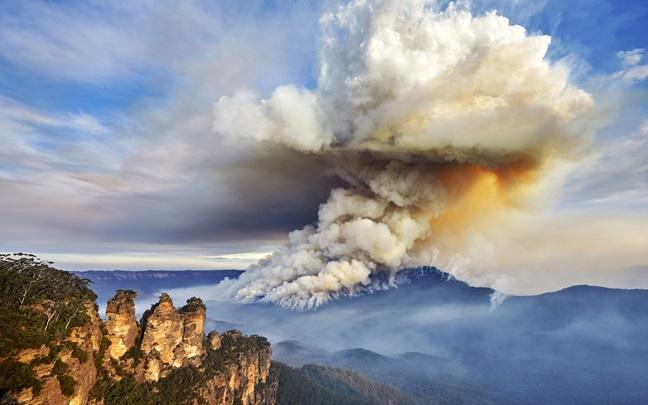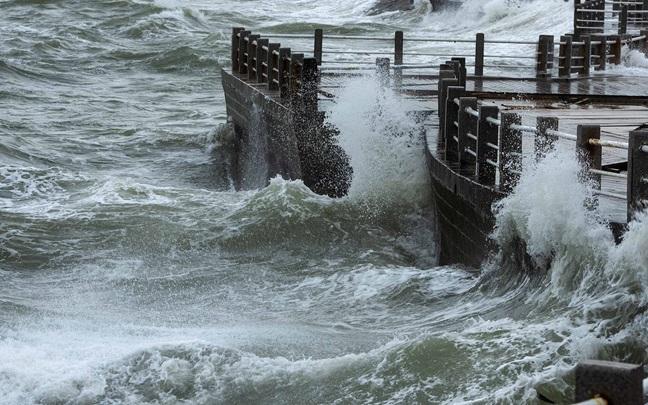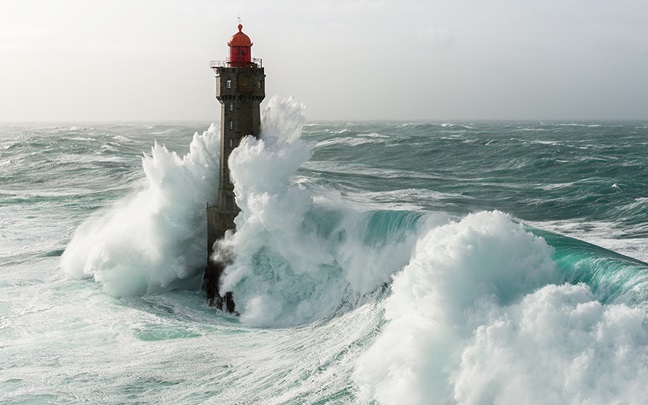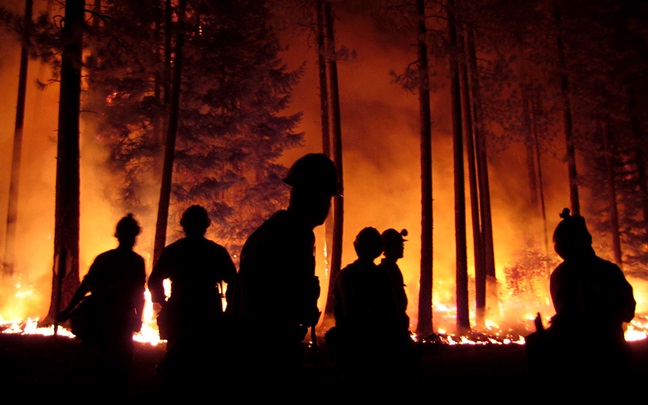Safeguarding assets and operations in an era of climatic uncertainty
The increasing frequency of wildfires is one of the most visible and devastating signs of a warming planet. Wildfires are growing in size and duration.
Meanwhile urban and industrial development is encroaching on wild areas, potentially putting more people and businesses in the path of a wildfire.
We can help your organization protect its assets by identifying and quantifying risks at a site-specific level.
The increasing frequency of wildfires is one of the most visible and devastating signs of a warming planet. As wildfire zones expand around the world, organizations previously considered safe may now be at greater risk.
Out of control wildfires can also cause secondary disasters such as:
- Landslides as rocks crack in extreme heat
- Flooding if rain follows a fire and cannot be absorbed by the burn-scarred earth
- Firenado, also known as a fire whirl or fire twister and resembles a tornado, can throw fire debris miles from the wildfire and uproot trees and roofs like a tornado
As well as the damage to physical assets, wildfires can also disrupt business operations and value chains, posing financial risks that extend beyond the location of the hazard.

How we can hep you manage wildfire risk
Our risk consultants and analytics specialists can help your organization overcome these challenges by pinpointing risks and probable losses at a portfolio or site-specific level.
Hazard assessments
With hazard mapping tools such as WTW’s Global Peril Diagnostic, we can identify whether a specific location is at risk, based on accurate geolocation information and up to date wildfire data.
From this and a further detailed hazard assessment, including reviewing previous historical wildfired events, footprints and literature, we are able to understand the hazard in depth and further assess how this will likely impact the site.
Catastrophe modeling
We use sophisticated modelling tools that can calculate the likely financial losses in a wide range of probability and frequency scenarios.
Models are based on information such as geolocation data, historic loss experience, type of construction, and how far the fire is likely to spread given local conditions.
Having an accurate picture of risks and losses can help you make better decisions about risk transfer options and insurance limits.
Risk engineering and site surveys
If needed, we can survey a site in person to undertake a more detailed review on roof materials, construction type, and geographic factors that could increase the vulnerability to fire hazard and provide a more granular picture of risk and potential losses.
Our risk engineers can identify a range of mitigation options to reduce your risk of wildfires and minimize the impact if one occurs.
They can also perform a cost-benefit analysis of each option to help you decide which measures are best to reduce your risks and provide adaptation recommendations to help increase your resilience to a changing climate.

Parametric solutions for wildfire
Our alternative risk transfer team can help you design unique parametric solutions for your specific wildfire risks.
Parametric insurance will usually pay out when the burned area or total loss from a wildfire reaches a pre-agreed threshold.
This can be measured using high resolution satellite imagery and geolocation information.
Parametric solutions can be either an alternative to traditional insurance or as an infill for gaps in property cover such as large deductibles and exclusions.
Because claims are not based on an estimation of losses, they can be paid quickly, supporting cash flow in the aftermath of a catastrophe.
Get in touch
Talk to our specialists to discover a smarter way to assess, mitigate, or transfer your wildfire risks. Get in touch with our specialists listed at the top of this page.



